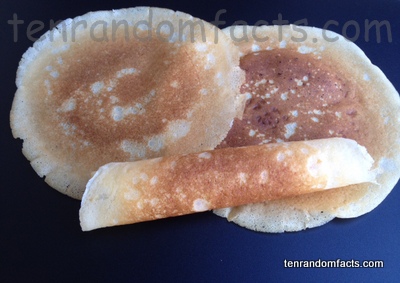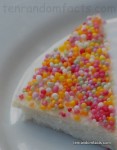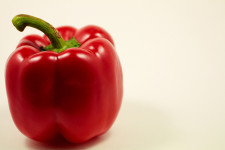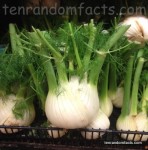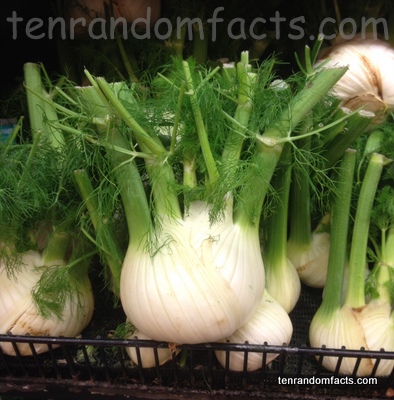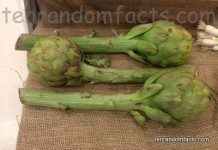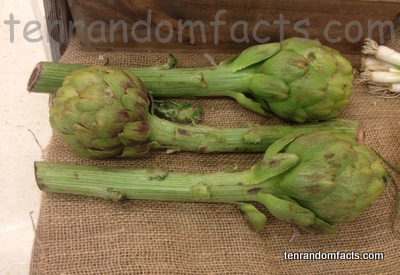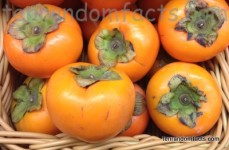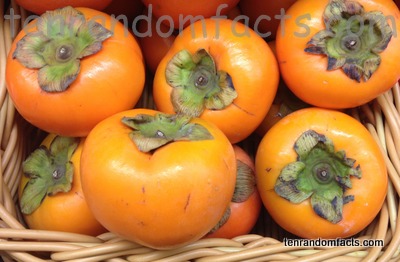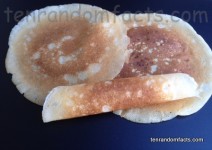
A thin pancake cannot get a fancier name than ‘crêpe’.
- Crêpes are a flour-based food item comparable to pancakes, although notably thinner, and once made, they are often filled with a mixture.
- The term ‘crêpe’ or ‘crepe’ can refer to a filled one as a dessert, or part of a main meal, and the more specific term ‘crêpes de froment’ refers to those made of wheat flour, while ‘galettes’ refers to those made of buckwheat flour.
- The term ‘crêpe’ is a French word, that comes from the Old French term ‘crespe’, that originates from the Latin words ‘crispa’ or ‘crispus’, meaning ‘curled’.
- Flour, eggs, milk and butter are typically the primary ingredients used to make a crêpe, and they are cooked on a hot plate, frying pan or special appliance.
- Cooking temperature and batter thickness are major factors in crêpe quality, and they can result in bumps and unpleasant texture if cooked poorly or have the incorrect batter viscosit.
- Crêpes as a dish can be made sweet or savoury, depending on the ingredients of the batter and/or fillings or accompaniments, and these can include sugar, lemon juice, egg, fruit, custard, cream, fruit, jam, ham and other meats, syrup, or cheese.
- Crêpes were originally made of buckwheat flour and eaten as bread, in France’s Brittany in Europe, sometime after buckwheat flour’s introduction to the area in the 1100s.
- The colour of crêpes ranges from mottled oranges, browns, creams, and yellow shades; and they are generally thin and flexible in nature, which enables the cooked batter to be easily rolled or folded.
- Numerous crêpe variants and fillings have been seen throughout different communities, particularly in Japan, many European countries and more recently, Western societies.
- It was only when wheat flour became a widespread, affordable flour type in the 1900s, that it became a popular flour used in crêpes; and the food is now available in restaurants, supermarkets (sometimes frozen), food outlets that specialise in them, or they can be made at home.
Bibliography:
Crêpe, 2008, Epicurean, http://www.epicurean.com/articles/crepes.html
Crêpe, 2015, Wikipedia, https://en.wikipedia.org/wiki/Cr%C3%AApe
History of Crêpes, 2014, Monique’s Crêpes, http://www.moniquescrepes.com/a-brief-history-of-crepes/





